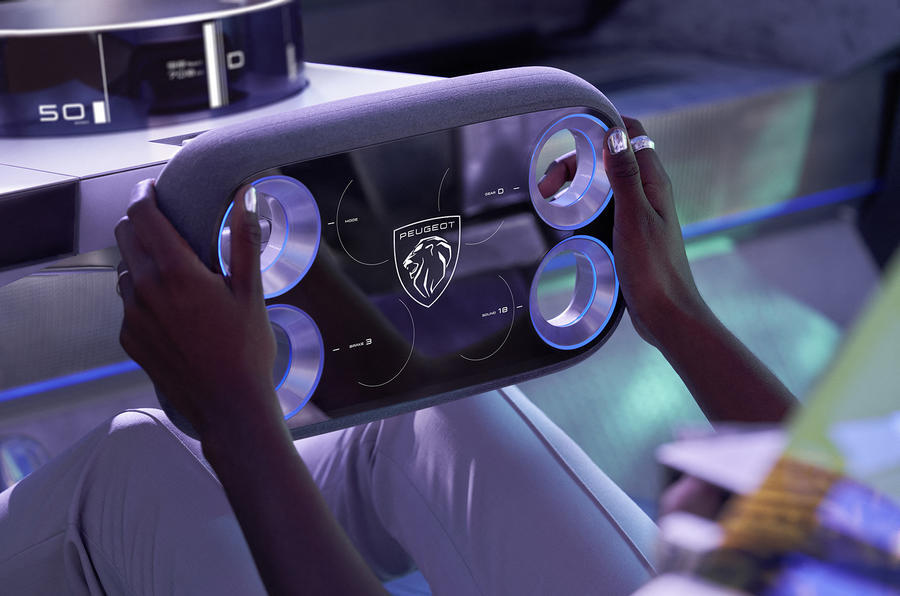The Inverted Range Rover Classic has undergone several upgrades. The rear springs have been made stiffer to handle the battery’s weight, and adjustable dampers from Fox (known from the Ford Raptor) have been installed. While the rear brakes are standard, the front brakes now feature four-pot calipers and discs from Alcon.
Many components are sourced either from a donor Tesla (such as the brake booster) or from aftermarket suppliers (like the battery management system).
Despite being Inverted’s first project, the Inverted Range Rover Classic feels comfortable to drive, especially once you select the appropriate setting. The standard mode has a lot of dead travel at the top of the throttle pedal and no regenerative braking. However, if you switch to Off-Road mode, it functions similar to a Tesla: the dead spot is replaced by regenerative braking, although the brake pedal still only affects the friction brakes. Inverted offers customization options for the amount of regen based on customer preferences.
Unlike a Tesla, power delivery is not instant. You need to keep your foot on the pedal for a while as the power gradually increases. While this may sound inconvenient, the vehicle always has enough power, adding a sense of engagement. Just imagine the thrill of unleashing 450bhp on a 1970s off-roader. Sport mode provides a more direct response but is still gradual enough for a smooth driving experience.

Inverted claims that the motor has the potential to deliver 600bhp, although 200bhp would suffice. It is important to note that this is not a vehicle designed for high-speed driving. The grip levels are modest, there is significant body roll, and the steering is both slow and humorously vague, lacking self-centering.












